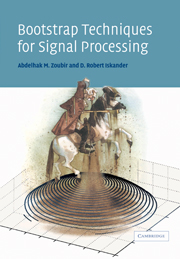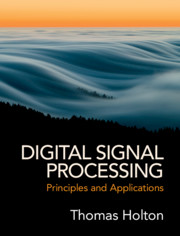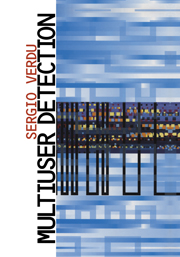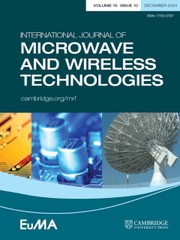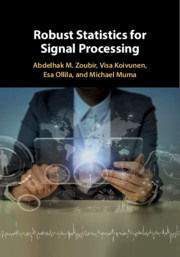Bootstrap Techniques for Signal Processing
The statistical bootstrap is one of the methods that can be used to calculate estimates of a certain number of unknown parameters of a random process or a signal observed in noise, based on a random sample. Such situations are common in signal processing and the bootstrap is especially useful when only a small sample is available or an analytical analysis is too cumbersome or even impossible. This book covers the foundations of the bootstrap, its properties, its strengths, and its limitations. The authors focus on bootstrap signal detection in Gaussian and non-Gaussian interference as well as bootstrap model selection. The theory developed in the book is supported by a number of practical examples written in MATLAB. The book is aimed at graduate students and engineers, and includes applications to real-world problems in areas such as radar and sonar, biomedical engineering, and automotive engineering.
- Describes a number of practical signal processing problems successfully solved with bootstrap techniques
- Contains many MATLAB examples and tools
- Shows how to choose suitable bootstrap models for different applications
Reviews & endorsements
"This is a very useful handbook for engineers, especially those working in signal processing."
Technometrics
"Bootstrap Techniques for Signal Processing's real strength lies in introducing bootstrap techniques from the practicioner's point of view. The text is written in a style that is easy to read. The authors' liberal use of examples serves ot reinforce application of the concepts presented.... The text is abundantly cross-referenced making it easier for those interested in further reading to find relevant works in their areas of interest. Each chapter ends with a concise summary of the salient points discussed. This books would be an excellent text for a graduate level engineering course or a useful reference for those who wish to apply bootstrap techniques in their work."
Annals of Biomedical Engineering
"...well written and an interesting read with some good examples. The Matlab code supplied will no doubt be appreciated...and the algorithms were well displayed, allowing a programmer to easily implement them in the very useful addition."
Angelo J. Canty, McMaster University for the Journal of the American Statistical Association
Product details
February 2007Paperback
9780521034050
232 pages
244 × 169 × 14 mm
0.373kg
41 b/w illus. 34 tables
Available
Table of Contents
- Preface
- Notations
- 1. Introduction
- 2. The bootstrap principle
- 3. Signal detection with the bootstrap
- 4. Bootstrap model selection
- 5. Real data bootstrap applications
- Appendix 1. MATLAB codes for the examples
- Apendix 2. Bootstrap MATLAB toolbox
- References
- Index.

